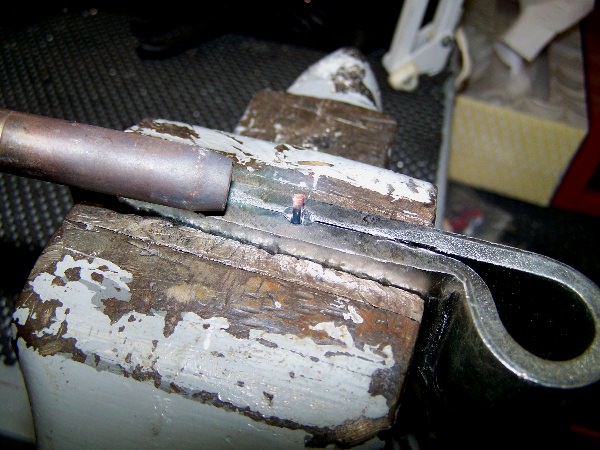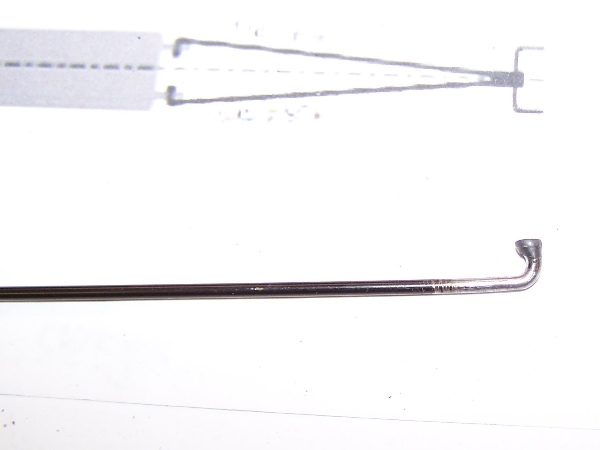I'm waiting on spokes to arrive via postage and thinking about other ways to adapt spokes for custom length. It's been fairly time consuming to get spokes short enough for a DD motor in a 24 inch rim.
Why there so much discussion about thread rolling machines to customise length, it sounds cheaper and easier to cut and bend your own "J" end to customise length?
I found a youtube clip on the subject: "How to make custom length spokes cheaper"
https://www.youtube.com/watch?v=EYpGvp_7LoU&ab_channel=GONGALAB
The guy seems to have success bending a "Z" into the end of a spoke to customise length. He uses a steel jig with a spoke hole with rounded edges to bend the spoke.
Has anyone tried this method and can share long term experience and longevity?
I'm unsure if how much cold bending a spoke will weaken it. Would it be better to heat it on a flame before bending?
There is also the old thread on here which shows twisting spokes on the hub flange end for custom length. This appears to work fine, but seems weaker given the tighter bend radius at the flange end.
https://endless-sphere.com/forums/viewtopic.php?f=2&t=55667
Why there so much discussion about thread rolling machines to customise length, it sounds cheaper and easier to cut and bend your own "J" end to customise length?
I found a youtube clip on the subject: "How to make custom length spokes cheaper"
https://www.youtube.com/watch?v=EYpGvp_7LoU&ab_channel=GONGALAB
The guy seems to have success bending a "Z" into the end of a spoke to customise length. He uses a steel jig with a spoke hole with rounded edges to bend the spoke.
Has anyone tried this method and can share long term experience and longevity?
I'm unsure if how much cold bending a spoke will weaken it. Would it be better to heat it on a flame before bending?
There is also the old thread on here which shows twisting spokes on the hub flange end for custom length. This appears to work fine, but seems weaker given the tighter bend radius at the flange end.
https://endless-sphere.com/forums/viewtopic.php?f=2&t=55667




![20221014_154544[1].jpg 20221014_154544[1].jpg](https://endless-sphere.com/sphere/data/attachments/187/187010-da2ca08461e0facc05ec2e9e2b849527.jpg)
![IMG_1608[1].jpg IMG_1608[1].jpg](https://endless-sphere.com/sphere/data/attachments/187/187054-6017b09e796f171908dfff5113a9299e.jpg)